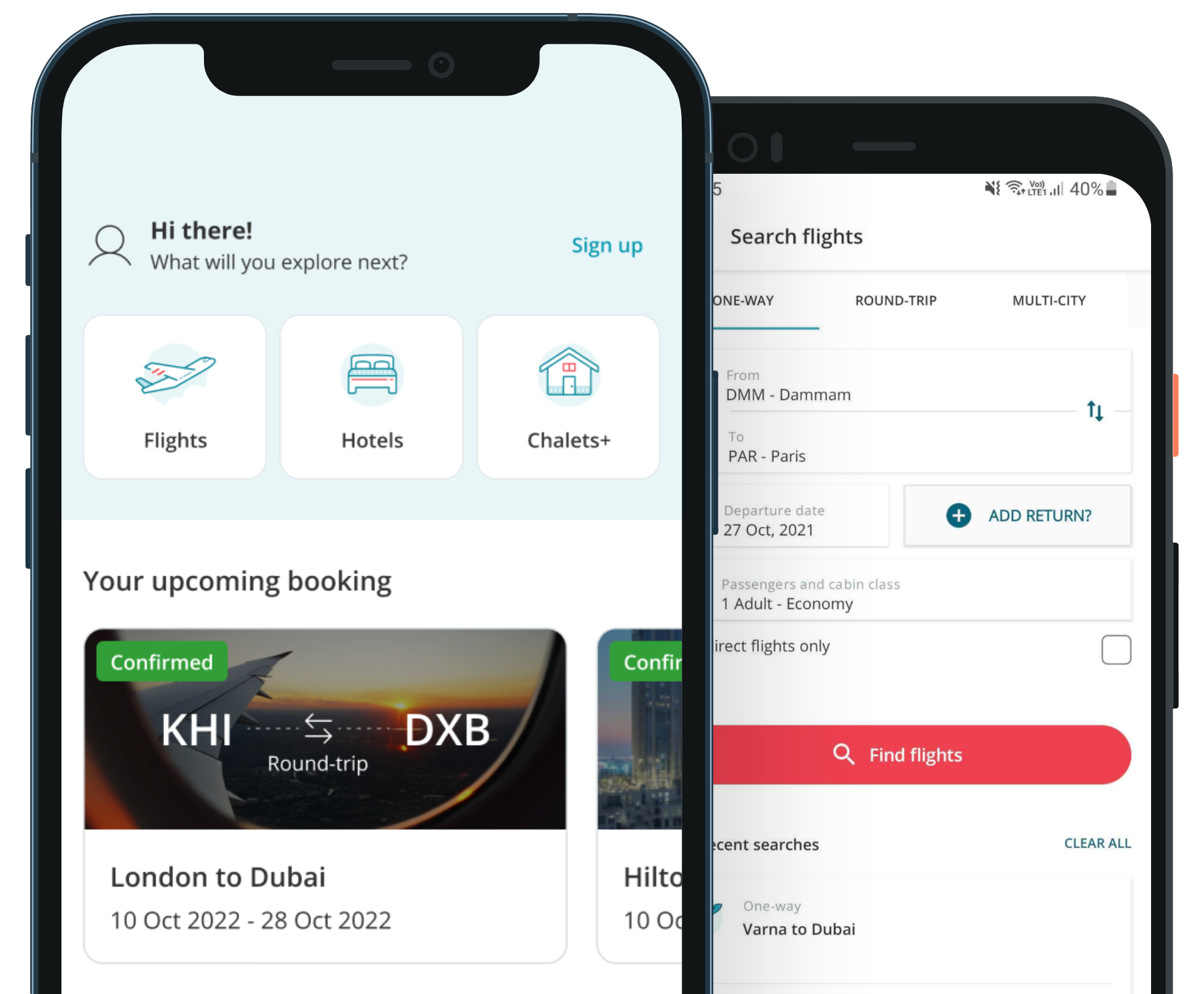
Iran Oil Reserves: Strategic Depth, Global Impact, and Economic Opportunity
Date 22-08-2025
Iran Oil Reserves: Strategic Depth, Global Impact, and Economic Opportunity
Iran’s oil reserves are among the largest and most strategically significant in the world. With an estimated 208.6 billion barrels of proven reserves as of 2024, Iran ranks third globally—behind only Venezuela and Saudi Arabia. These vast resources not only shape Iran’s domestic economy but also influence global energy markets, regional diplomacy, and long-term investment strategies.
In this article, we explore the scale, structure, and strategic value of Iran’s oil reserves, their role in shaping trade and infrastructure, and how they connect to broader economic opportunities—including tourism, logistics, and B2B development.
Overview of Iran’s Oil Reserves
Iran holds approximately 208.6 billion barrels of proven oil reserves, accounting for nearly 12% of global reserves and 24% of the Middle East’s total1. These reserves are spread across 102 oil fields and 43 gas fields, with many containing multiple pay zones.
Key Statistics:
Global Rank: #3 (after Venezuela and Saudi Arabia)
Share of World Reserves: ~12%
Estimated Lifespan: Over 145 years at current production rates
Recoverable Reserves with Current Technology: ~340 billion barrels
Iran’s oil wealth is not just vast—it’s diverse. The country’s fields range from mature onshore basins to offshore reservoirs and shared border fields with Iraq, Kuwait, and Qatar.
Major Oil Fields in Iran
Iran’s oil infrastructure is anchored by five mega-fields that account for a significant portion of national output:
Field NameInitial Oil in Place (Billion Barrels)Recoverable ReservesDaily Production
Ahvaz
65.5
25.5
~945,000 bpd
Gachsaran
52.9
16.2
~560,000 bpd
Marun
46.7
21.9
~520,000 bpd
Aghajari
30.2
17.4
~200,000 bpd
Karanj
11.2
5.7
~200,000 bpd
These fields are located primarily in Khuzestan Province, a region that also hosts the West Karoun cluster—including Yadavaran, Azadegan, and Yaran—where joint development with foreign partners has accelerated in recent years.
Flare Gas Recovery and Sustainability
In 2025, Iran launched the NGL-3100 plant, capable of processing 240 million cubic feet of flare gas per day. This initiative marks a major step toward environmental sustainability and efficient resource utilization.
Benefits of Flare Gas Recovery:
Reduces greenhouse gas emissions
Converts waste into usable energy
Enhances refinery efficiency
Supports petrochemical feedstock supply
Iran’s Oil Ministry has committed to expanding flare gas recovery across eight additional fields, including Azer, Cheshmekhosh, and Dehloran, aligning with global ESG standards.
⚖️ Sanctions and Strategic Adaptation
Despite its resource wealth, Iran’s oil sector faces persistent challenges due to international sanctions. These restrictions limit access to global banking, insurance, and shipping services, affecting export volumes and investment flows.
Iran’s Response:
Barter and currency swap deals with China, India, and Syria
Shadow fleet tankers to bypass tracking
Domestic investment in refining and infrastructure
Pivot to BRICS and regional alliances
Iran’s ability to maintain production and exports under pressure demonstrates its strategic resilience and operational ingenuity.
Export Channels and Trade Partners
Iran exports oil primarily through FOB ports like Bandar Abbas, Kharg Island, and Mahshahr, with pipeline connections to Iraq and Turkey. In 2025, exports are estimated at 1.5–1.9 million barrels per day, with China accounting for over 60%.
Key Buyers:
China: Long-term contracts, yuan-based payments
India: Strategic interest, rupee-rial mechanisms
Turkey & Syria: Regional energy cooperation
Private refiners in Asia: Discreet spot deals
Iran’s export strategy is increasingly focused on regional integration, leveraging proximity and shared infrastructure to maintain trade flows.
Technology and Enhanced Recovery
Iran’s oil fields are aging, with natural decline rates of 8% onshore and 10% offshore. To combat this, the country is investing in Enhanced Oil Recovery (EOR) techniques:
Gas injection
Water flooding
Thermal recovery
AI-driven reservoir modeling
These technologies aim to increase recovery rates from fractured carbonate reservoirs, which currently yield only 20–25% of oil in place, compared to a global average of 35%.
Infrastructure and Investment Opportunities
Iran’s oil reserves are not just a resource—they’re a platform for economic development. The government has prioritized investment in:
Refineries and petrochemical plants
Pipeline networks and export terminals
Energy corridors to Central Asia and the Gulf
Joint ventures with domestic and foreign partners
For investors, this opens doors to engineering, logistics, construction, and technology services—especially in regions like Khuzestan, Bushehr, and Hormozgan.
Connection to Tourism and Business Hospitality
Iran’s oil-rich regions are also home to cultural heritage sites, business hubs, and hospitality infrastructure. Cities like Ahvaz, Abadan, and Kermanshah offer unique opportunities to blend energy sector engagement with business tourism.
IranHotels.com Business Lounge Integration:
Curated hotel packages for oil executives and trade delegations
Tour options to oil museums and industrial zones
B2B networking events in energy corridors
Multilingual concierge and transport services
By linking oil sector activity with hospitality and tourism, IranHotels.com can position itself as a gateway for energy professionals visiting Iran.
Future Outlook: Iran Oil Reserves 2030
Iran’s long-term strategy aims to unlock more of its 340 billion barrels of recoverable reserves, with goals to:
Reach 4 million bpd production by 2030
Expand refining capacity to reduce fuel imports
Increase exports to BRICS and neighboring countries
Integrate oil with petrochemicals, renewables, and logistics
With over 1.2 trillion barrels of hydrocarbon resources, Iran has the potential to remain a global energy powerhouse for decades







